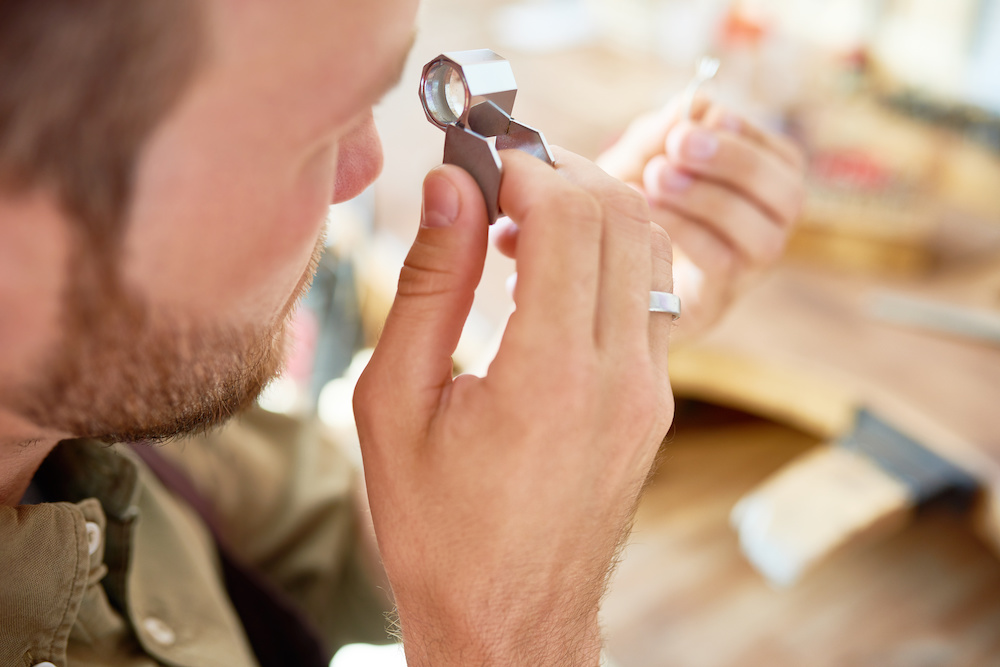- January 27, 2021
- Posted by: pawnusa
- Category: Uncategorized

A burglar breaks into your home and steals your cash and other valuable items, including your most prized limited-edition Rolex watch. You don’t have a video monitor installed in your house, so there is no way of knowing the culprits. Then a few weeks later, you visit a buy-and-sell shop and saw your missing Rolex watch, complete with your name’s initials you carved into its strap. The shop owner claims he bought the Rolex watch for $300. What are you going to do? Can you get it back for free? Does the shop owner have the right to sell a stolen item?
Pawning stolen items
Legally speaking, a person can be called the owner of the goods purchased if the transferor or the seller has the power to transfer or sell. If the goods or items happen to be stolen by the transferor, then his power to transfer will be nullified and void. In other words, the store owner is not the legal owner of your missing Rolex watch because the item was a stolen good.
Of course, the store owner, unaware the item was stolen, may be unwilling to return the item to you and may even demand you to pay the $300 he paid to the thief. Different states in the US have statutes regarding pawning or buying and selling stolen goods. In Virginia, the state charges anyone proven to receive, conceal, and/or sell stolen goods with larceny and felony as what Virginia Code § 18.2-108 dictates.
Penalties of receiving, concealing, and selling stolen goods based on Virginia Code § 18.2-108:
- Petit Larceny – if the person receives, bought, or conceals stolen goods with a value less than $500. When proven guilty, the person may be sentenced to jail for up to 12 months and/or fined for up to $2,500.
- Grand Larceny – if the person receives, bought, or conceals stolen goods with a value of $500 or more. When proven guilty, the person may be sentenced to jail for up to 20 years, a local jail sentence for less than 12 months, and/or fined for up to $2,500.
- Felony – if the person who is guilty of larceny of stolen goods with a value of $500 or more and has the intention of selling the stolen goods may be sentenced to two years up to 20 years of imprisonment. However, if the person is aware that the item is stolen and still attempts to sell or distribute it, they will be charged with Class 5 Felony.
How to recover stolen items
The first thing that you need to do when you find out that your valuable items are missing is to report them to the authorities. The authorities can help facilitate the return of your missing item. Make sure to bring the necessary documents to prove your ownership of the stolen item, such as receipts and serial numbers. You may be asked to describe your missing item too. In case the shop owner refuses to return your missing item, the authorities may seize the item as evidence while you file a claim against the shop owner.
